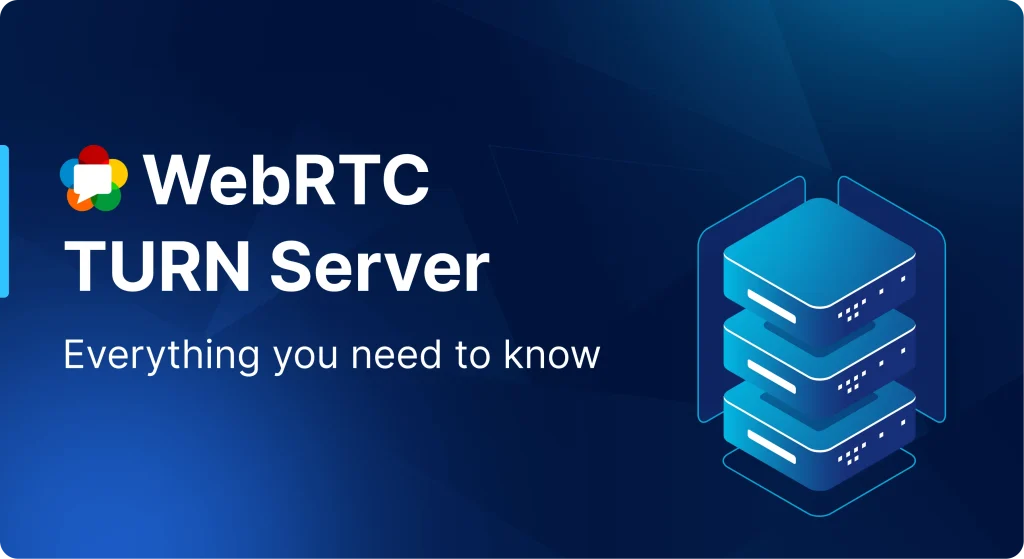Modern business communication is evolving rapidly. Traditional phone lines are being replaced by internet-based systems that connect teams and customers worldwide. At the core of this evolution is SIP trunking, the technology powering many cloud-based voice systems.
This guide explains what SIP trunking is, how it works, and why businesses are switching to it in 2025.
How Does SIP Trunking Work?
SIP trunking works in three main stages:
- Session Initiation
When you place a call, SIP establishes a connection between your system and the provider's network. - Data Transmission
Your voice is converted into digital packets and transmitted over the internet using VoIP protocols. - Session Termination
Once the call ends, SIP closes the session and releases bandwidth for other communications.
Because SIP uses standard internet infrastructure, it eliminates the need for dedicated copper lines, reducing costs and simplifying network management.
SIP Trunking vs. VoIP: Understanding the Difference
Many people use "SIP" and "VoIP" interchangeably, but they are not the same:
- VoIP (Voice over Internet Protocol): The general method of making calls over the internet.
- SIP (Session Initiation Protocol): The specific protocol that manages and routes those calls.
Remember: Every SIP call is a VoIP call, but not every VoIP call uses SIP. SIP provides greater control, reliability, and compatibility than generic VoIP solutions.
Core Benefits of SIP Trunking for Businesses
1. Cost Efficiency
Replacing legacy telephone trunks with SIP can reduce telephony expenses by up to 60%. International and long-distance calls become local-rate connections routed via the internet.
2. Scalability on Demand
Add or remove channels instantly perfect for seasonal businesses or high-volume contact centers.
3. Business Continuity
SIP systems can reroute calls automatically during outages or disasters, ensuring uninterrupted communication.
4. Global Presence
International SIP trunks allow companies to obtain local numbers in multiple countries, making it easier for customers to reach them.
5. Integration with Modern Tools
SIP trunks can connect to CRMs, collaboration apps, AI voice assistants, and analytics dashboards, offering flexible and modern integrations.
Industry Use-Cases for SIP Trunking
| Industry | Example Use |
|---|---|
| Contact Centers | Handle thousands of concurrent calls with intelligent routing. |
| Healthcare | Secure patient communications with private, compliant SIP trunks. |
| E-Commerce | Connect online customers with live agents worldwide using cloud SIP trunks. |
| Startups | Launch operations with a free SIP line, scaling to enterprise-grade capacity later. |
| Enterprises | Deploy international SIP providers to maintain consistent voice quality across continents. |
Cloud SIP Trunking and Hosted SIP Providers
Cloud adoption has moved voice communication into virtual environments. With cloud SIP trunking, your voice channels live entirely in the cloud — no physical PBX is required.
Hosted SIP providers manage infrastructure, routing, and redundancy while you control configurations and analytics. This reduces maintenance overhead, accelerates deployment, and supports hybrid work models.
Private SIP Trunking for Security-Sensitive Organizations
Finance, healthcare, and government sectors often prefer private SIP trunks.
These dedicated lines isolate voice traffic from public internet routes, ensuring:
- Encryption and regulatory compliance
- Consistent call quality
- Reliable, secure connections
RTC League helps organizations design hybrid architectures that blend private security with cloud scalability.
Key Considerations When Selecting SIP Trunk Providers
When evaluating the best SIP providers in 2025, consider:
- Uptime Guarantees & Redundancy
Aim for 99.99% availability and multiple failover paths. - Global Coverage
Ensure international SIP providers offer local DIDs and low-latency routes. - Security Protocols
TLS and SRTP encryption protect sensitive communications. - Flexible Pricing
Transparent per-channel or usage-based models prevent hidden fees. - Support & Integration
Choose providers with strong technical support and PBX/CRM compatibility.
The Future of SIP Trunking
Next-generation SIP services will merge with AI and real-time analytics to create voice-intelligent infrastructures:
- Predictive call routing using AI
- Real-time language translation during live calls
- Integration with 5G edge networks for ultra-low latency
RTC League continuously upgrades its SIP trunk solutions to remain future-ready while ensuring current reliability.
Why Choose RTC League for SIP Trunking
RTC League differentiates itself from generic SIP providers by combining infrastructure engineering, AI integration, and 24/7 support:
- Custom Deployments: Tailored to your enterprise infrastructure
- Global Partnerships: Access to top international SIP providers
- Innovation Driven: From private SIP trunks to fully cloud architectures
- End-to-End Support: Design, testing, monitoring, and scaling under one roof
Upgrade your communication stack today start with a free SIP line trial or request a personalized SIP trunk consultation.



